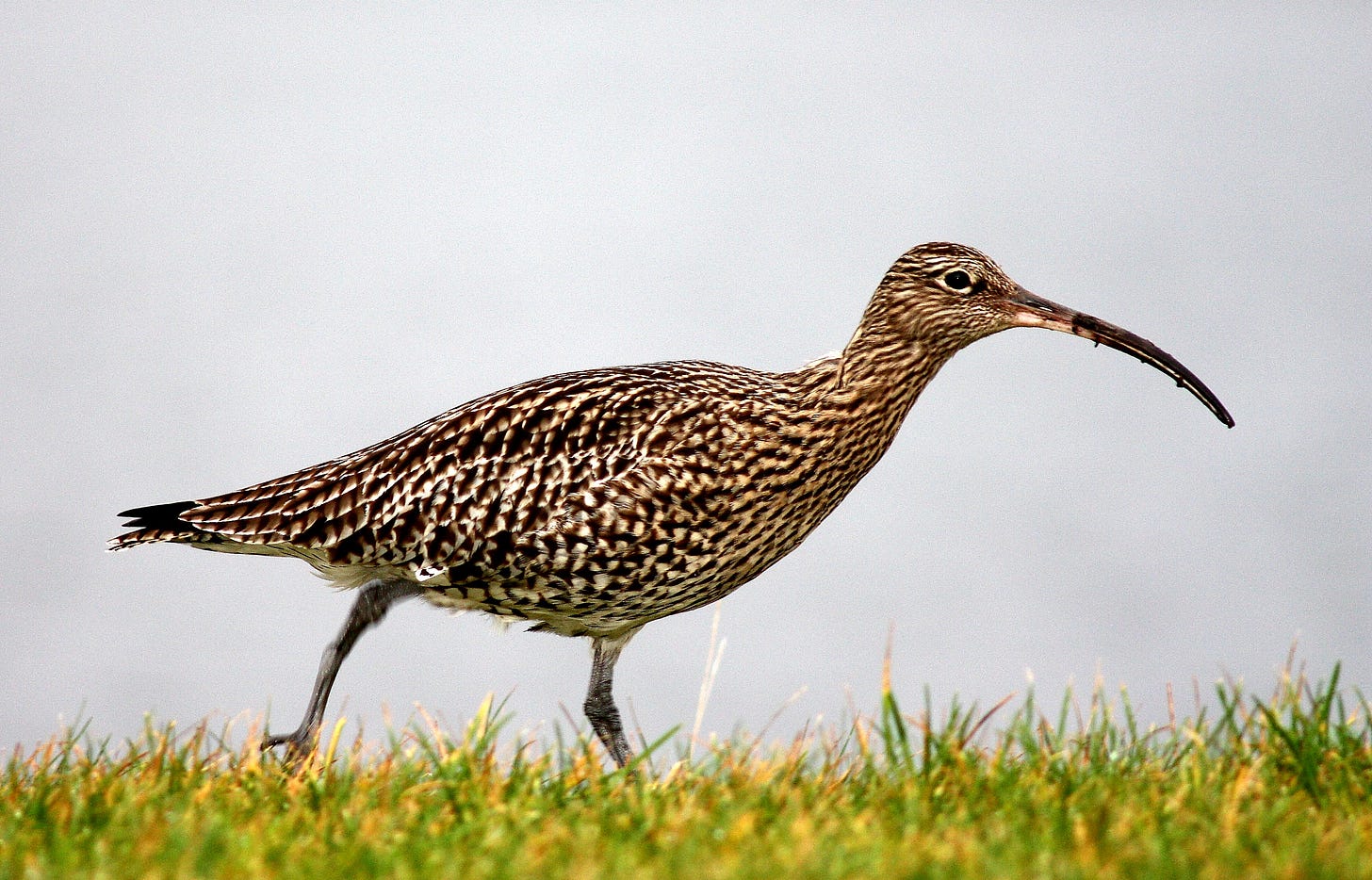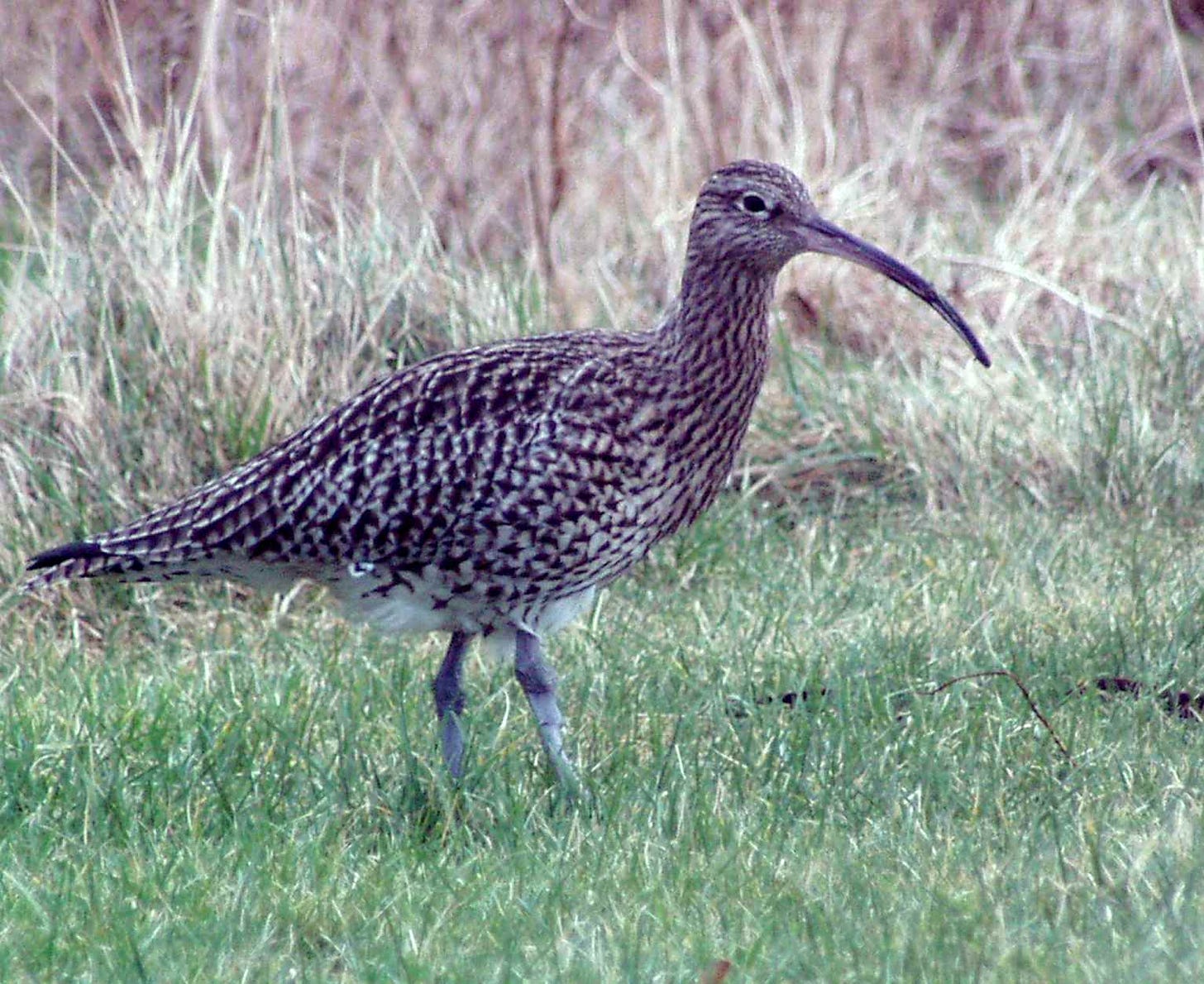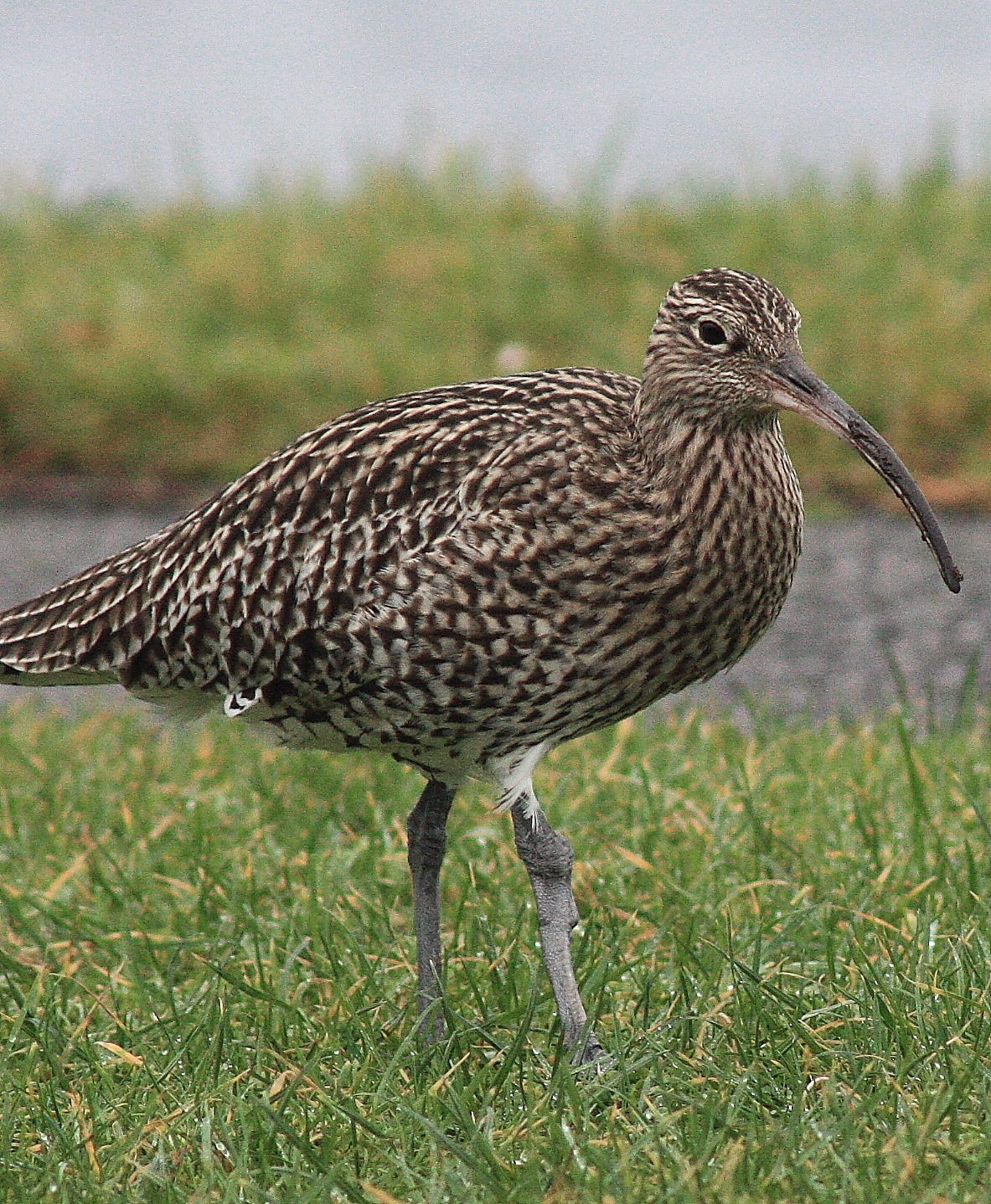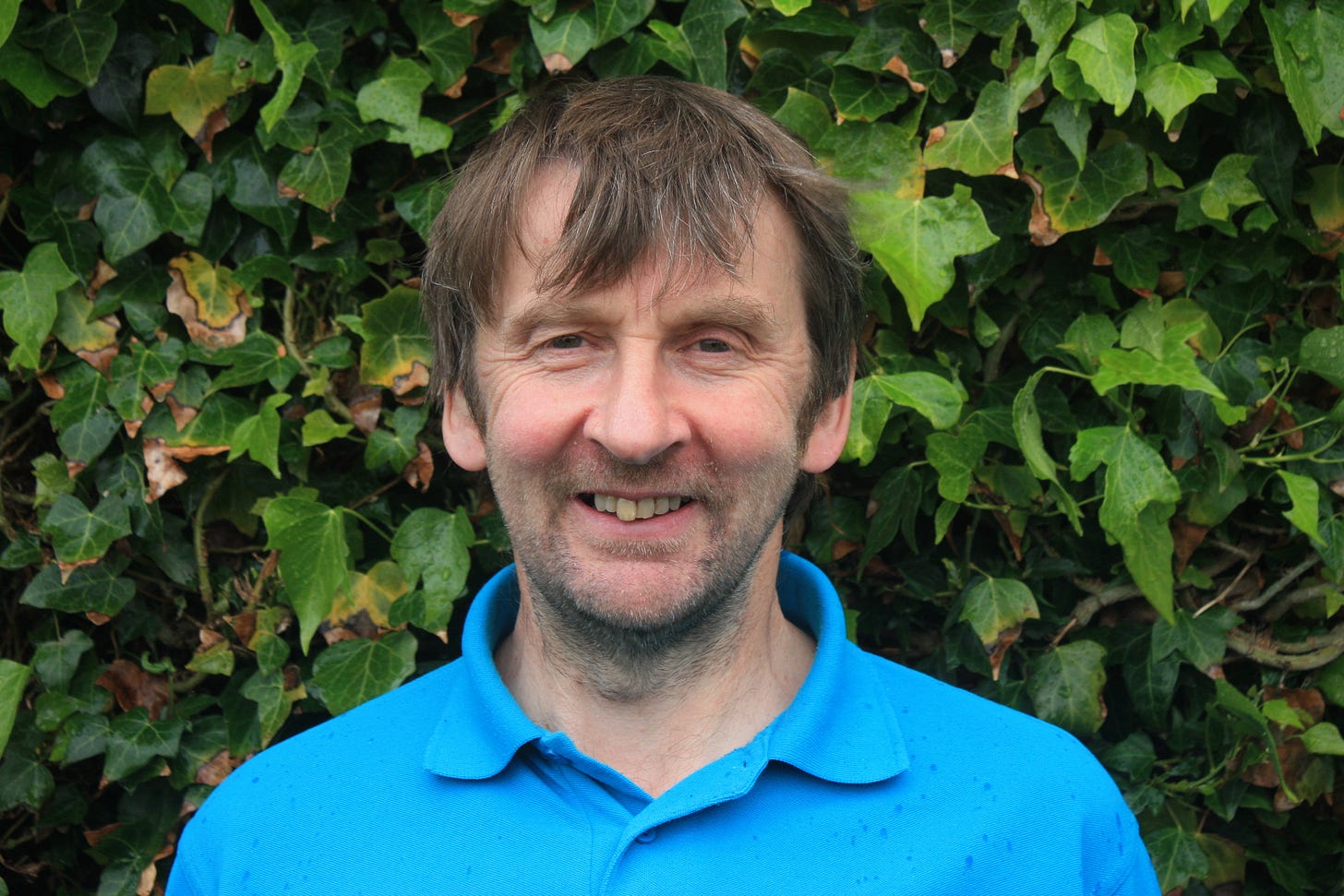I got a terrible fright one night last week. I was out walking the dog on the croft last thing before bed and it was of those really dark nights with no moon. I could hear but not see the sheep nearby, their feet echoing on the frozen ground. There was a faint glow in the north sky which later that night turned into a spectacular showing of the aurora. However the charged particles streaming out from the sun had obviously not yet reached the upper atmosphere above Clachtoll. It was so dark I could hardly see my size ten wellies. I had bought one of those glow-in-the-dark rubber balls for dogs and ‘Bean’ was having great fun launching herself in the gloom after the luminous ball of light. Meanwhile I was staggering about the machair trying to avoid the rabbit holes, the abandoned wheelbarrow and barbed wire fence, when I got the shock of my life.
I think they were startled by the dog and did not sense my presence and that is why they flew straight at my face. For a second, all I could see were flapping wings and long beaks. Curlews are becoming a rare sight these days. They no longer breed around us, but all winter a small group of curlews have been feeding on the crofts around Clachtoll and Stoer. This is the time of year when curlews are returning to their breeding grounds. They gather in small groups in fields near to where they will eventually nest, before dividing up into separate territories. It is therefore a great time to count them, especially in the evening. I hope our wee group of twelve long legged waders stay in Clachtoll to breed but I fear they will move on. I wonder what I can do to make them stay.
They were once almost synonymous with crofting; breeding on the margins of in-bye croft and moorland, where there is a mix of long grass and heather, always ready to take advantage of any big hatch of insects. They can cope with longer grass than most waders on account of those elegant long legs. They spend the winter further south, mainly in coastal areas or where there is damp grassland with lots of invertebrates. Their long legs and long curved beaks marvellously adapted to probing soft ground for all sorts of invertebrates. But their decline in this country is rapid and cause of great concern not least because Scotland holds a large chunk of the whole world’s population of curlews. We do not want our curlew following the example of the Eskimo curlew. Virtually extinct in all but name, the Eskimo curlew was once the most abundant wader in all of America. But, the annual slaughter of migrants pouring through the United States on their way through to their breeding ground in Canada and Alaska more or less wiped them out.
So what is causing our curlews to decline? No-one really knows for sure. Some blame predations at the nest but curlews have thrived for thousands of years with predators. Maybe it is climate change. However, there is a growing evidence that we do not have as many earthworms in the soil as we used to. This is not something most of us think about.
Earthworm density is related to soil fertility and there is evidence our soil fertility in the Highlands is declining. I know our ancestors did a lot to make sure that fertility on the crofts were maintained. Today you just have to look around and you can see fields reverting back to rushes and where are the mole hills? Where once the crofting landscape was covered in mole hills, there are now much fewer. Moles and earthworms go together like cheese and pickle. Moles create the ideal conditions for worms by aerating and improving the soil conditions and worms provide food for the moles and curlews. They need each other and curlews need worms.
The video below perfectly captures the magic of the curlew, (this footage is shot in Ireland not Highland) keep watching to see the curlew chicks .
If you are lucky enough to encounter a curlew in spring doing its display flight it can send a shiver down your spine. This is undoubtedly at its most beautiful when it combines the long drawn-out trembling song with an aerial display that Desmond Nethersole-Thompson has perfectly described as their “air dance”, when they rise up above the their territory and fall to earth on uplifted wings. At times their eerie mood-creating voice suggests a haunting melancholy, capable of unnerving any superstitious riser on an early misty morning. And Robbie Burns wrote that he had never heard the loud solitary whistle of the curlew on a summer noon…without feeling “an elevation of the soul”.
So if you have nothing to do one evening in early Spring and fancy a stroll, why not keep a look out for, and count any flocks of curlews you may see. But do not disturb them. Believe me you do not want a curlew flying into your face.
Andy Summers, North Highland's Senior Ranger for High Life Highland, is a dedicated naturalist with a deep understanding of the region's diverse ecosystems. His extensive experience in wildlife conservation and passion for preserving North Highland's pristine landscapes make him a vital asset. Andy's work encompasses wildlife observation, environmental education, and passing on a greater appreciation for the area's unique flora and fauna. His commitment to conserving North Highland's natural heritage is evident in his expertise and unwavering dedication.
Fancy seeing Curlews for yourself?
Why not join us on our Curlews and Canals Walk and Wheel- Part of the Inverness Walking & Wheeling Festival
Join us for some fresh air and a 5 km walk or wheel from Merkinch Local Nature Reserve to the seaward end of the Caledonian Canal. We will be looking out for wildlife all around us so bring binoculars if you have them – some will be available.
Discover the incredible beauty of this nature reserve and its precious and varied wildlife. You'll have the opportunity to observe it all kinds of species in their natural habitat and even capture some amazing photographs.
But that's not all! You can also get a taste of the history of the canal as you walk along the tow path out into the Moray Firth.
Whether you're a seasoned bird enthusiast or simply curious about nature, this event is not to be missed. So mark your calendars and join us at the Merkinch Local Nature Reserve for morning of adventure, learning, and unforgettable memories!
This fully accessible walk & wheel is led by our Inverness Ranger John Orr










